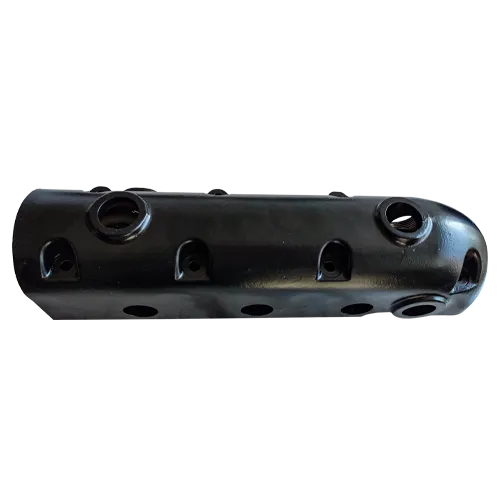Mobile:+86-311-808-126-83
Email:info@ydcastings.com
Innovative Designs for Enhanced Performance of Channel Impellers in Fluid Dynamics Applications
The Channel Impeller A Vital Component in Fluid Dynamics
In the realm of fluid dynamics, channel impellers emerge as critical components in a variety of applications, ranging from chemical processing to wastewater treatment. These innovative devices are engineered to optimize fluid flow and enhance mixing, making them indispensable in many industrial sectors. This article delves into the design, function, and applications of channel impellers, shedding light on their significance in promoting efficient fluid management.
Understanding Channel Impellers
Channel impellers are specially designed rotor blades that create a controlled flow of fluid through a channel or vessel. Unlike traditional impellers, which typically offer a radial or axial flow pattern, channel impellers are configured to promote a more uniform distribution of fluid. This unique design allows for greater turbulence and mixing, resulting in enhanced chemical reactions and efficient heat transfer.
The geometry of a channel impeller often includes multiple blades set at specific angles, allowing for the manipulation of fluid velocity and pressure. This capability is crucial in applications that require precise mixing or separation, such as in reactors or centrifuges. The effectiveness of a channel impeller is driven by its ability to generate shear forces and vortices, which contribute to a homogenous mixture and improved mass transfer rates.
Design Considerations
The design of a channel impeller is influenced by several factors, including the nature of the fluids being processed, the desired flow patterns, and the operational conditions, such as temperature and pressure. Engineers use computational fluid dynamics (CFD) simulations to optimize the geometry and ensure that the impeller performs efficiently under varying conditions. Key design elements include the number of blades, their pitch and angle, and the overall diameter of the impeller.
channel impeller

Additionally, material selection is crucial in the design process, especially when dealing with corrosive or abrasive fluids. Common materials used for channel impellers include stainless steel, high-density polyethylene, and specialized alloys, each chosen to withstand the specific demands of the application.
Applications of Channel Impellers
Channel impellers find extensive use in various sectors. In the chemical industry, they are instrumental in processes such as mixing, emulsification, and dispersing, where consistent product quality is paramount. In wastewater treatment plants, channel impellers aid in aeration and flocculation, promoting the efficient breakdown of contaminants and enhancing the overall treatment process.
Moreover, channel impellers are indispensable in the food and beverage industry. They facilitate the mixing of ingredients during production and ensure uniformity in texture and flavor. In pharmaceutical manufacturing, these impellers play a critical role in maintaining the precise conditions necessary for successful drug formulation.
Conclusion
Channel impellers represent a culmination of engineering innovation and practical application in fluid dynamics. Their ability to enhance mixing and promote efficient flow has made them integral to numerous industrial processes. As technology advances, we can expect to see continued improvements in impeller design, leading to even greater efficiencies and capabilities in fluid management. Understanding the functionality and application of channel impellers is essential for professionals in various fields, underscoring their role as a backbone in modern manufacturing and processing industries.
In summary, channel impellers are not just components but vital tools in the quest for improved efficiency and effectiveness in fluid-related processes. Their impact on various sectors, from chemicals to food production, showcases their importance in the industry and offers a glimpse into the future developments in fluid dynamics.
-
Why Should You Invest in Superior Pump Castings for Your Equipment?NewsJun.09,2025
-
Unlock Performance Potential with Stainless Impellers and Aluminum End CapsNewsJun.09,2025
-
Revolutionize Your Machinery with Superior Cast Iron and Aluminum ComponentsNewsJun.09,2025
-
Revolutionize Fluid Dynamics with Premium Pump ComponentsNewsJun.09,2025
-
Optimizing Industrial Systems with Essential Valve ComponentsNewsJun.09,2025
-
Elevate Grid Efficiency with High-Precision Power CastingsNewsJun.09,2025











